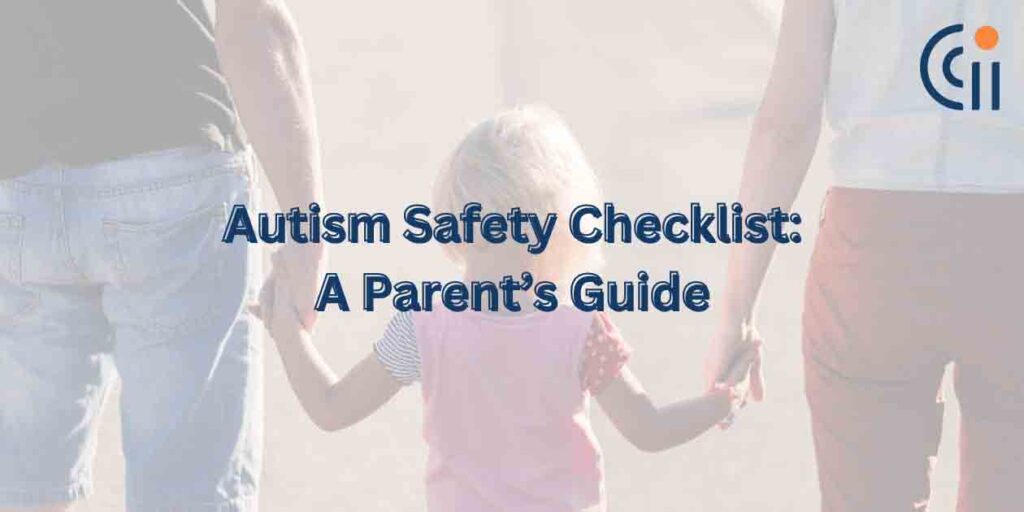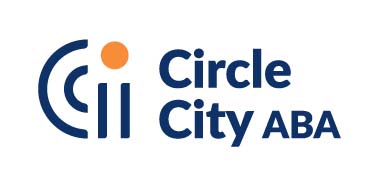
Creating a safe environment for a child with autism is essential to their well-being and development. Children on the autism spectrum often experience the world differently, with heightened sensitivities to their surroundings. A carefully crafted autism safety checklist can help parents and caregivers ensure that their home, school, and community environments are as secure and accommodating as possible. This guide will walk you through crucial steps to make spaces safer for children with autism, with practical tips for eliminating hazards, adding visual cues, and implementing sensory modifications.
Autism Safety Checklist
1. Eliminate Hazards
Safety starts with removing potential dangers from your child’s environment. Here are some key areas to focus on:
- Secure Sharp Objects and Chemicals: Store sharp objects, such as knives and scissors, in locked cabinets. Keep household chemicals, cleaning supplies, and medications out of reach or in child-proofed areas.
- Cover Electrical Outlets: Use outlet covers to prevent curious hands from inserting objects into them. Ensure that electrical cords are hidden or secured to minimize the risk of tripping or chewing.
- Lock Doors and Windows: Install child-proof locks on doors and windows to prevent wandering, a common concern for children with autism. Consider using door alarms that notify you when a door is opened.
- Anchor Heavy Furniture: Secure bookshelves, dressers, and other heavy furniture to the walls to prevent them from tipping over if your child attempts to climb them.
2. Add Visual Cues
Children with autism often benefit from visual supports that help them understand their environment and daily routines. Incorporating visual cues into your home can enhance safety and independence.
- Use Visual Schedules: Create a visual schedule that outlines daily activities. This will help your child understand what to expect next, reduce anxiety, and help them navigate transitions more smoothly.
- Label Common Items: Use pictures or symbols to label everyday items, such as drawers, cabinets, and rooms. This assists your child in locating and returning items to their proper places, fostering independence and reducing confusion.
- Create Safe Zones: Designate specific areas in your home as “safe zones” where your child can retreat to when feeling overwhelmed. Use visual markers, such as signs or color-coded boundaries, to clearly define these areas.
3. Implement Sensory Modifications
Children with autism often have unique sensory needs. Making sensory modifications to their environment can significantly improve their comfort and safety.
- Control Noise Levels: Use noise-canceling headphones or white noise machines to minimize auditory distractions. Soft furnishings, such as rugs and curtains, can also help absorb sound and create a calmer atmosphere.
- Adjust Lighting: Opt for soft, natural lighting whenever possible. Avoid harsh fluorescent lights, which can be overstimulating. Consider using dimmer switches to control light intensity according to your child’s needs.
- Provide Sensory Tools: Keep a variety of sensory tools on hand, such as fidget toys, weighted blankets, or chewable jewelry. These items can help your child self-regulate when they are feeling stressed or overwhelmed.
- Maintain Predictable Spaces: Arrange furniture and other items consistently to provide a sense of order and predictability. Sudden changes in the environment can be distressing for children with autism.
4. Educate Family and Caregivers
Ensuring the safety of a child with autism is a collaborative effort. Educate family members, caregivers, and teachers about your child’s specific needs and the safety measures you have implemented.
- Share Safety Plans: Communicate your child’s safety plan with anyone who spends time with them, including babysitters, relatives, and teachers. Ensure they know how to respond to emergencies and how to use any safety equipment, such as door alarms or visual supports.
- Practice Emergency Drills: Regularly practice emergency drills with your child, such as fire evacuations or what to do if they get lost. Use visual aids to reinforce these drills and help your child remember the steps.
5. Circle City ABA: Your Partner in Autism Safety
At Circle City ABA, we understand that safety is a top priority for families with children on the autism spectrum. Our team of experienced professionals is dedicated to helping you create a secure and supportive environment for your child.
Whether you need help identifying potential hazards, setting up visual cues, or creating sensory-friendly spaces, Circle City ABA is here to support you every step of the way. Our goal is to empower families with the knowledge and tools they need to ensure their child’s safety and well-being.
Conclusion
Creating a safe environment for a child with autism requires thoughtful planning and ongoing vigilance. By following this autism safety checklist, you can make meaningful changes that enhance your child’s security and comfort at home and beyond. Remember, you’re not alone on this journey – Circle City ABA is here to provide expert guidance and support, helping you create a safe, nurturing environment where your child can thrive.


